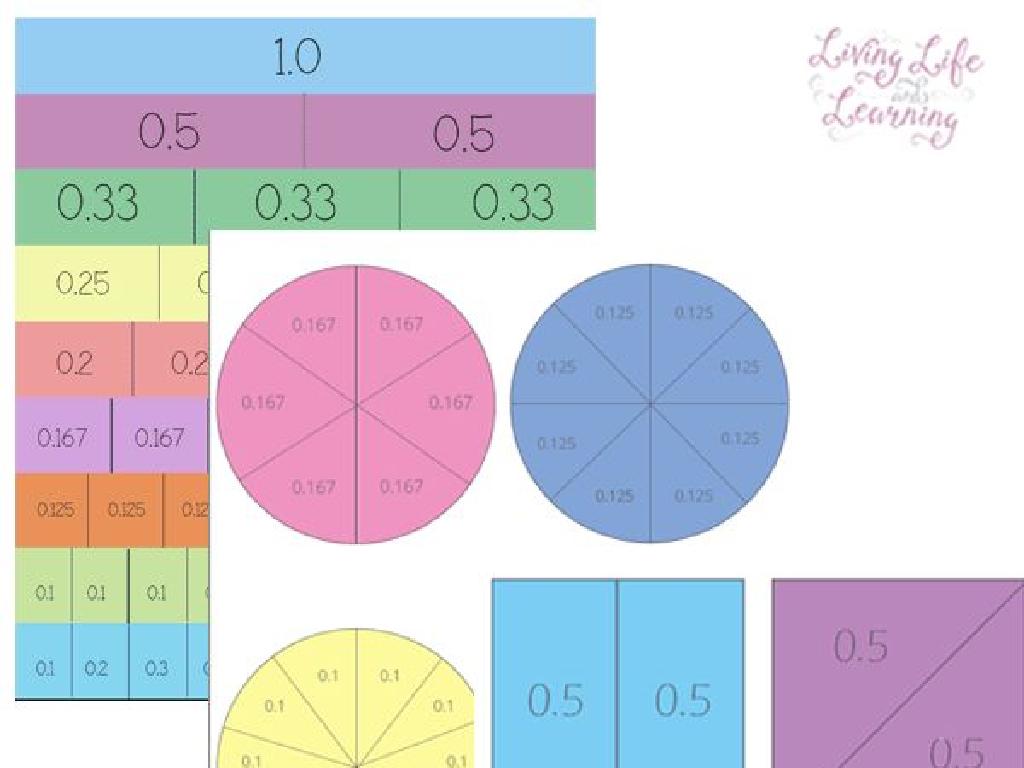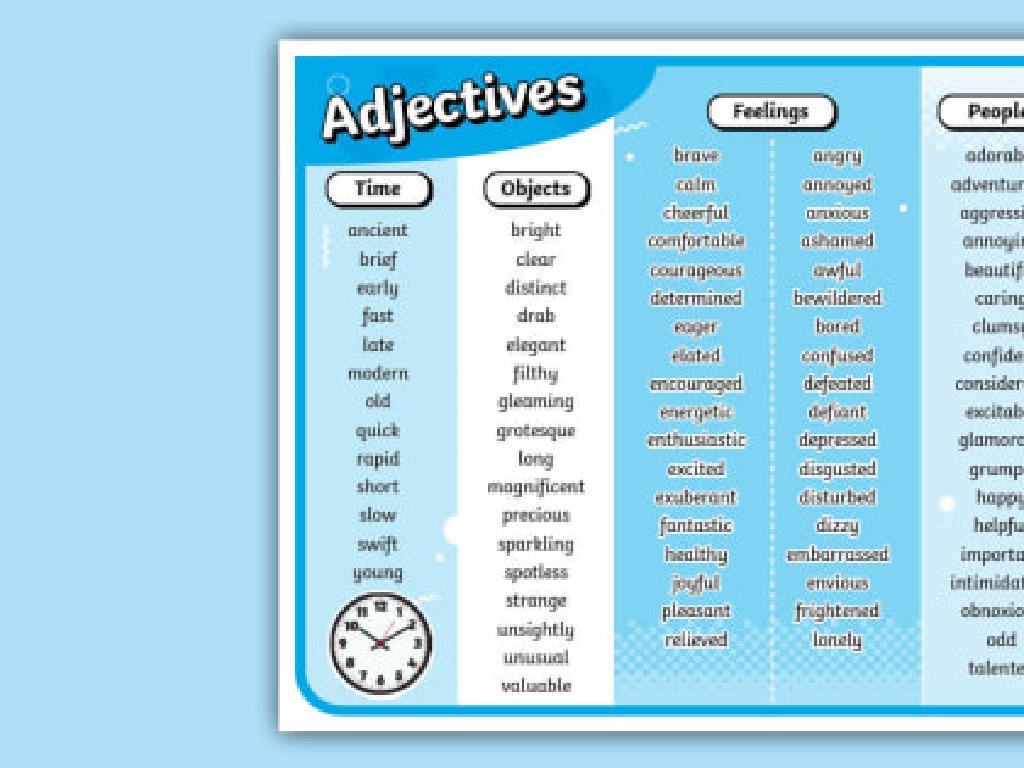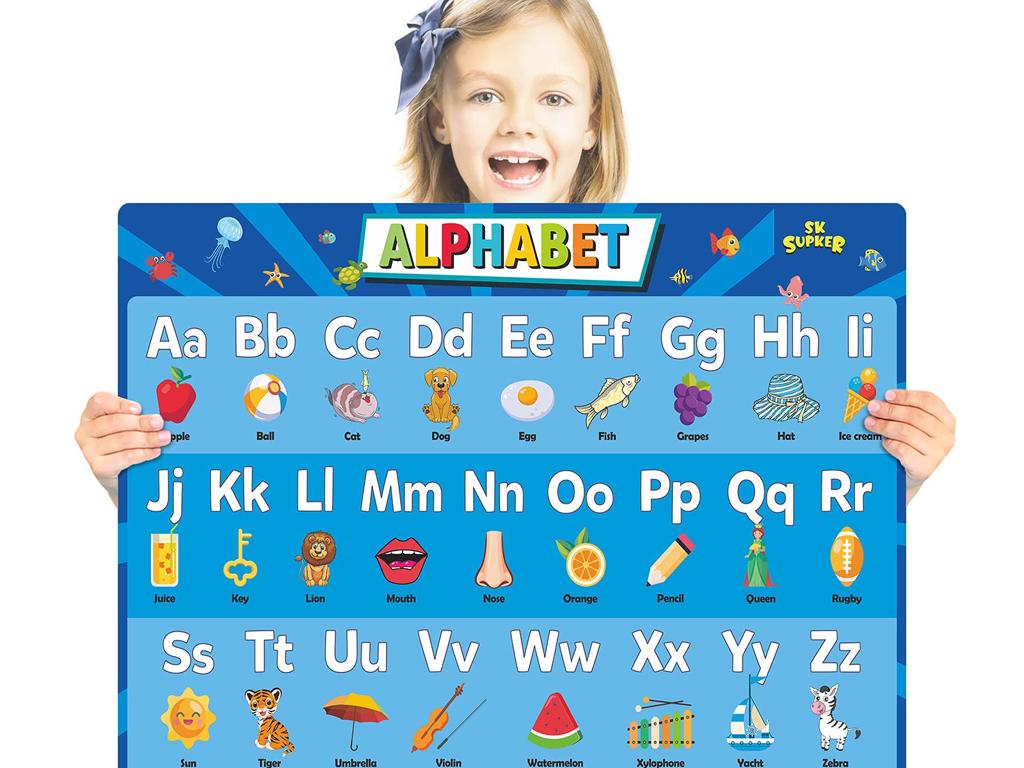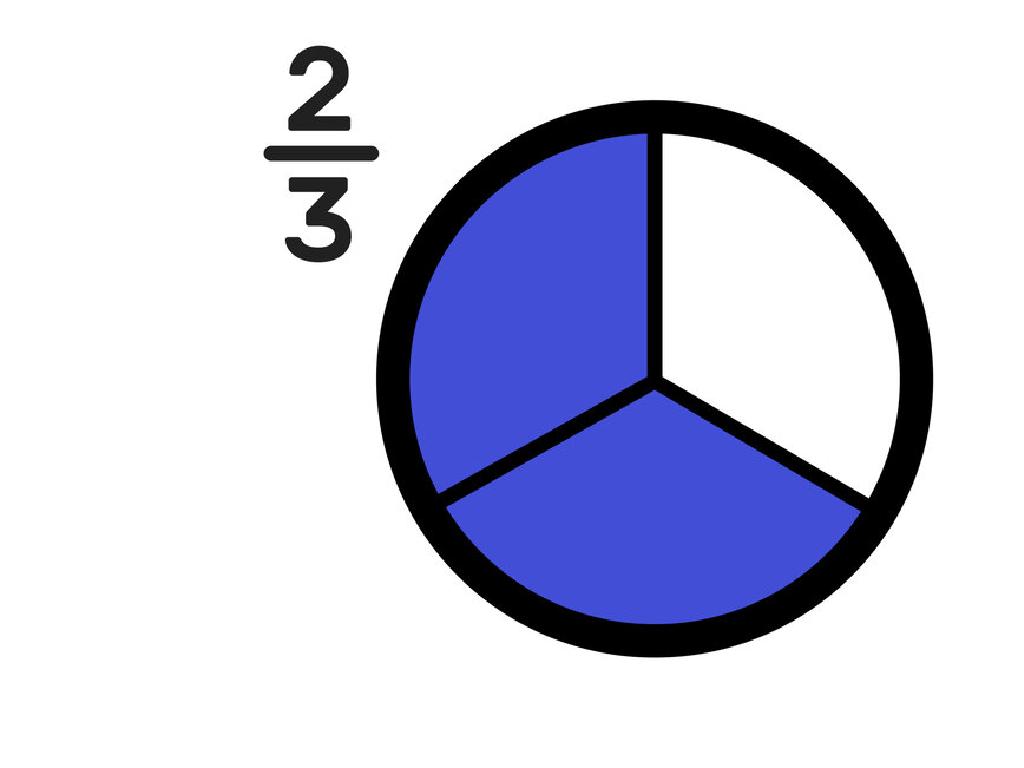Is The Word An Adjective Or Adverb?
Subject: Language arts
Grade: Eighth grade
Topic: Adjectives And Adverbs
Please LOG IN to download the presentation. Access is available to registered users only.
View More Content
Adjectives vs. Adverbs
– Role of words in sentences
– Words function as different parts of speech
– Adjective or Adverb?
– Adjectives describe nouns; adverbs modify verbs, adjectives, or other adverbs
– Learning to identify them
– Use clues from the sentence to determine the word’s role
– Correct usage in context
– Practice by applying rules to sentence examples
|
This slide introduces the concept of adjectives and adverbs and their roles in sentences. The objective is to help students differentiate between the two and use them correctly. Emphasize that adjectives are used to describe nouns and pronouns, while adverbs modify verbs, adjectives, or other adverbs, often answering questions like ‘how?’, ‘when?’, ‘where?’, and ‘to what extent?’. Provide examples and encourage students to look for signal words or questions that the word in question is answering to identify its role. Practice exercises should include identifying adjectives and adverbs in sentences and using them appropriately in their own sentences.
Understanding Adjectives
– Adjectives modify nouns
– Examples of adjectives in use
– ‘QUICK brown fox’, ‘LOUD noise’, ‘HAPPY child’
– Adjectives answer specific questions
– ‘Which one?’, ‘What kind?’, ‘How many?’
– Recognizing adjectives in sentences
– Identify adjectives in practice sentences
|
This slide aims to clarify the concept of adjectives for eighth-grade students. Begin by explaining that adjectives are words that describe or modify nouns, giving more information about the noun’s quantity, quality, size, condition, or appearance. Use clear examples to illustrate how adjectives enhance sentences and make them more descriptive. Highlight that adjectives can answer questions like ‘Which one?’, ‘What kind?’, and ‘How many?’ to help students understand their usage. Encourage students to practice by identifying adjectives in sample sentences and explaining the additional information they provide about the nouns. This will help students to distinguish adjectives from other parts of speech effectively.
Understanding Adverbs in Sentences
– Adverbs modify verbs, adjectives, or other adverbs
– Examples of adverbs in use
– ‘He ran QUICKLY’ (modifies verb), ‘She is VERY smart’ (modifies adjective), ‘He speaks TOO softly’ (modifies adverb)
– Adverbs answer key questions
– How did he run? QUICKLY. How smart is she? VERY. To what extent does he speak softly? TOO.
– Recognizing adverbs in sentences
– Look for words that describe how, when, where, or to what extent an action is performed.
|
This slide introduces the concept of adverbs and their role in sentences. Adverbs are words that modify verbs, adjectives, or other adverbs, providing additional detail about the action or state of being. They can answer questions such as ‘How?’, ‘When?’, ‘Where?’, and ‘To what extent?’ which helps in identifying them in a sentence. Use the examples provided to show how adverbs can change the meaning of a verb, adjective, or another adverb. Encourage students to think of more examples and to practice identifying adverbs in sentences they encounter in their reading or in class discussions.
Determining: Adjective or Adverb?
– Adjectives vs. adverbs confusion
– Adjectives describe nouns
– Words like ‘happy’ describe nouns: e.g., happy dog
– Adverbs describe verbs
– Words like ‘quickly’ describe verbs: e.g., runs quickly
– Reviewing examples together
– We’ll analyze sentences to identify correct usage
|
This slide aims to clarify the difference between adjectives and adverbs, which is a common area of confusion for students. Emphasize that adjectives are used to describe nouns and pronouns, giving more information about the object or person in question. Adverbs, on the other hand, modify verbs, adjectives, or other adverbs, often answering questions like how, when, where, and to what extent. Use examples to illustrate the point, such as ‘The quick brown fox’ (quick describes the noun fox) versus ‘The fox jumped quickly’ (quickly describes how the fox jumped). Encourage students to think of their own examples and to be ready to identify adjectives and adverbs in sentences during class.
Identifying Adjectives in Sentences
– Find adjectives within a sentence
– ‘Silent’ describes ‘room’
– Adjectives like ‘silent’ modify nouns, giving more detail
– Practice with example sentences
– Look for words that describe things, such as ‘eerie’
– Understand adjective usage
– Recognize adjectives add to the meaning of nouns
|
This slide is aimed at helping students identify adjectives in sentences. Start by explaining that adjectives are words that describe or modify nouns, giving more information about an object’s size, shape, age, color, etc. Use the example provided to illustrate how ‘silent’ is an adjective that describes the noun ‘room’. For practice, provide students with additional sentences and ask them to identify the adjectives. Encourage them to explain why they think each word is an adjective and what noun it is modifying. This will help them understand the role of adjectives in adding detail and meaning to sentences. As an extension, students could create their own sentences using adjectives to describe nouns vividly.
Identifying Adverbs in Sentences
– Understanding adverbs in context
– Adverbs modify verbs, adjectives, or other adverbs
– ‘She whispered SOFTLY to avoid waking the baby.’
– ‘Softly’ is an adverb modifying the verb ‘whispered’
– Practice identifying adverbs
– Find adverbs in provided sentences and explain their role
– Discuss the role of adverbs
– Explain how adverbs often end in ‘-ly’ and add detail to actions
|
This slide is aimed at helping students recognize adverbs within the context of a sentence. Begin by explaining that adverbs are words that describe or modify verbs, adjectives, or other adverbs, often by providing information about how, when, where, or to what extent something is done. Use the example sentence to illustrate how ‘softly’ acts as an adverb modifying the verb ‘whispered’. In the practice activity, provide students with sentences and ask them to identify the adverbs and discuss their effect on the meaning of the sentences. Emphasize that while many adverbs end in ‘-ly’, not all do, and encourage students to look for other clues in the sentence structure. The discussion should also touch on the importance of adverbs in adding richness and precision to language.
Comparative and Superlative Forms of Adjectives and Adverbs
– Adjectives vs. adverbs in comparison
– ‘Fast, faster, fastest’ as adjectives
– Describes nouns: a fast runner, a faster runner, the fastest runner
– ‘Quickly, more quickly, most quickly’ as adverbs
– Modifies verbs: runs quickly, runs more quickly, runs most quickly
– Comparing actions or qualities
– Use to show varying degrees between two or more items
|
This slide introduces students to the comparative and superlative forms of adjectives and adverbs, which are used to compare actions or qualities. Adjectives, like ‘fast’, modify nouns and have the ‘-er’ and ‘-est’ endings for their comparative and superlative forms, respectively. Adverbs, like ‘quickly’, typically take ‘more’ and ‘most’ to form their comparative and superlative degrees. It’s important to explain that while adjectives describe nouns, adverbs modify verbs, adjectives, or other adverbs. Provide examples and encourage students to create sentences comparing different actions or qualities using the appropriate forms of adjectives and adverbs.
Let’s Practice: Adjectives vs. Adverbs
– Interactive exercise on identification
– Spot adjectives and adverbs in sentences
– Adjectives describe nouns, adverbs describe verbs
– Create sentences with adjectives and adverbs
– Use your imagination to write interesting sentences
– Share and discuss your examples
– We’ll review as a class and learn from each other
|
This slide is for an interactive class activity focused on distinguishing between adjectives and adverbs. Begin by explaining the function of adjectives and adverbs: adjectives modify nouns and pronouns, while adverbs modify verbs, adjectives, and other adverbs. Provide students with sentences and have them identify the adjectives and adverbs. Then, challenge them to create their own sentences using both adjectives and adverbs to describe actions and nouns vividly. Encourage creativity and use of new vocabulary. As students share their sentences, highlight the correct uses and gently correct any mistakes, reinforcing the lesson’s concepts. Possible activities: 1) Circle adjectives and underline adverbs in a worksheet. 2) Group work to create a story using a list of given adjectives and adverbs. 3) Individual work to rewrite a bland paragraph using vivid adjectives and adverbs. 4) A game where students identify adjectives and adverbs in sentences read aloud by the teacher.
Class Activity: Adjective or Adverb Hunt
– Pair up and find adjectives/adverbs
– Classify words into adjectives/adverbs
– Determine if the word describes a noun (adjective) or a verb/adverb/adjective (adverb)
– Present your findings to the class
– Reflect on the activity
– Discuss what was learned and any challenges faced
|
This interactive class activity is designed to help students apply their knowledge of adjectives and adverbs in a practical setting. By working in pairs, students will engage with printed material to identify and classify words as either adjectives or adverbs. This collaborative exercise not only reinforces their understanding of the grammatical concepts but also enhances their analytical skills. After the hunt, each pair will present their findings, fostering public speaking and critical thinking. As a teacher, facilitate the activity by providing guidance on how to differentiate between adjectives and adverbs, and ensure that each student participates in the discussion. Possible variations of the activity could include focusing on specific categories of adjectives/adverbs, using digital resources, or creating a competition to see which pair can find the most examples.
Wrapping Up: Adjectives & Adverbs
– Review today’s key points
– Homework: Craft ten sentences
– Create sentences using new words
– Underline adjectives and adverbs
– Highlight the role of each word
– Study for the upcoming quiz
– Quiz will cover identification and usage
|
As we conclude today’s lesson on adjectives and adverbs, remind students of the main points discussed. For homework, they should write ten original sentences and practice identifying adjectives and adverbs by underlining them. This exercise will reinforce their understanding of how these parts of speech function within a sentence. Encourage creativity in sentence construction and the use of a diverse vocabulary. Prepare students for a quiz in the next class by reviewing the rules and applications of adjectives and adverbs. Offer some study tips, such as creating flashcards or forming study groups, to help them prepare.






